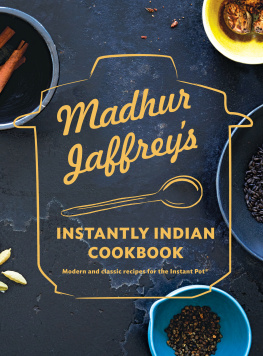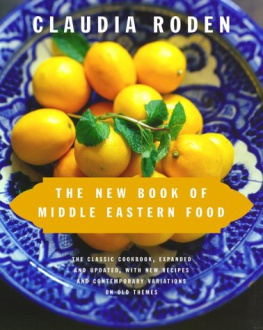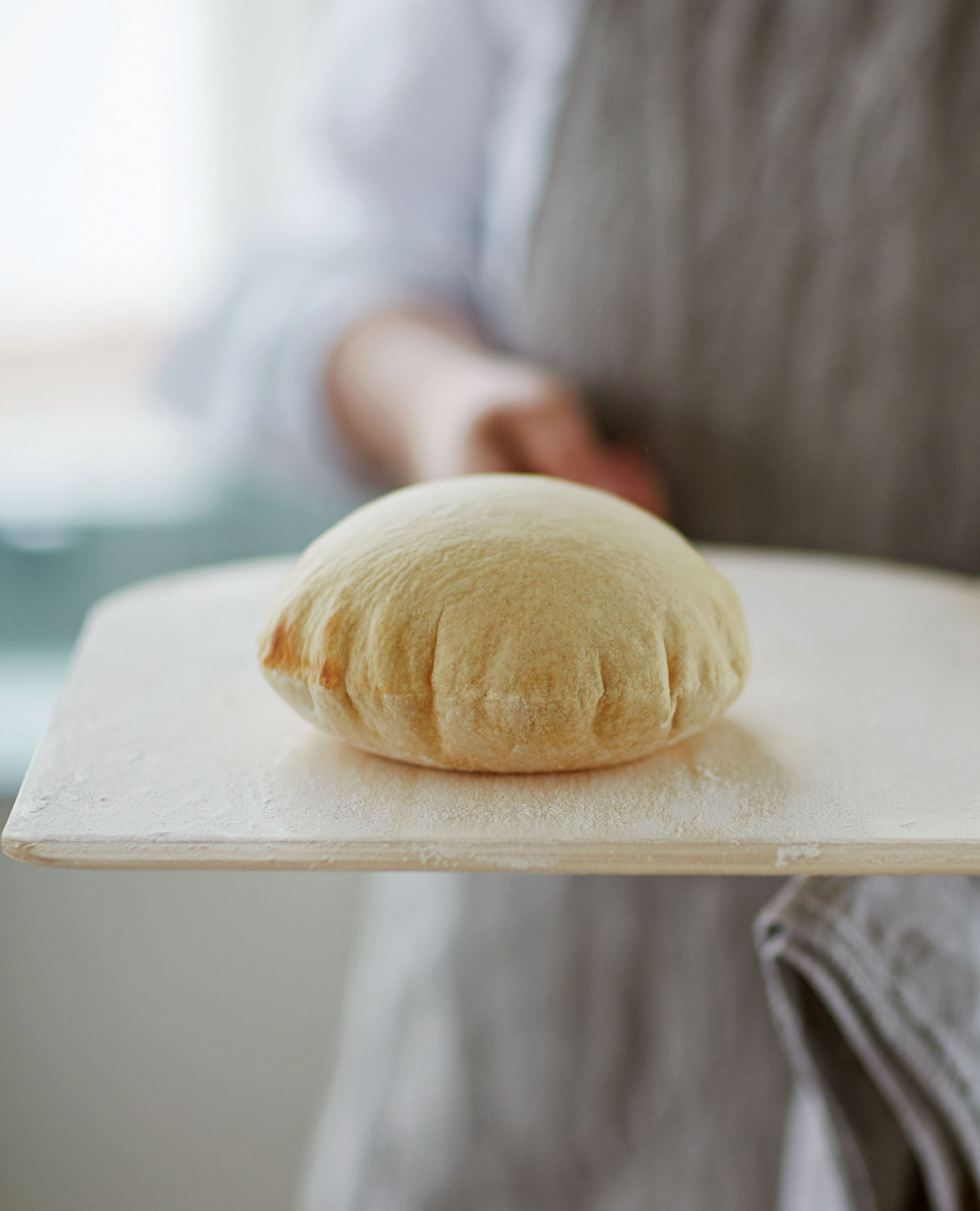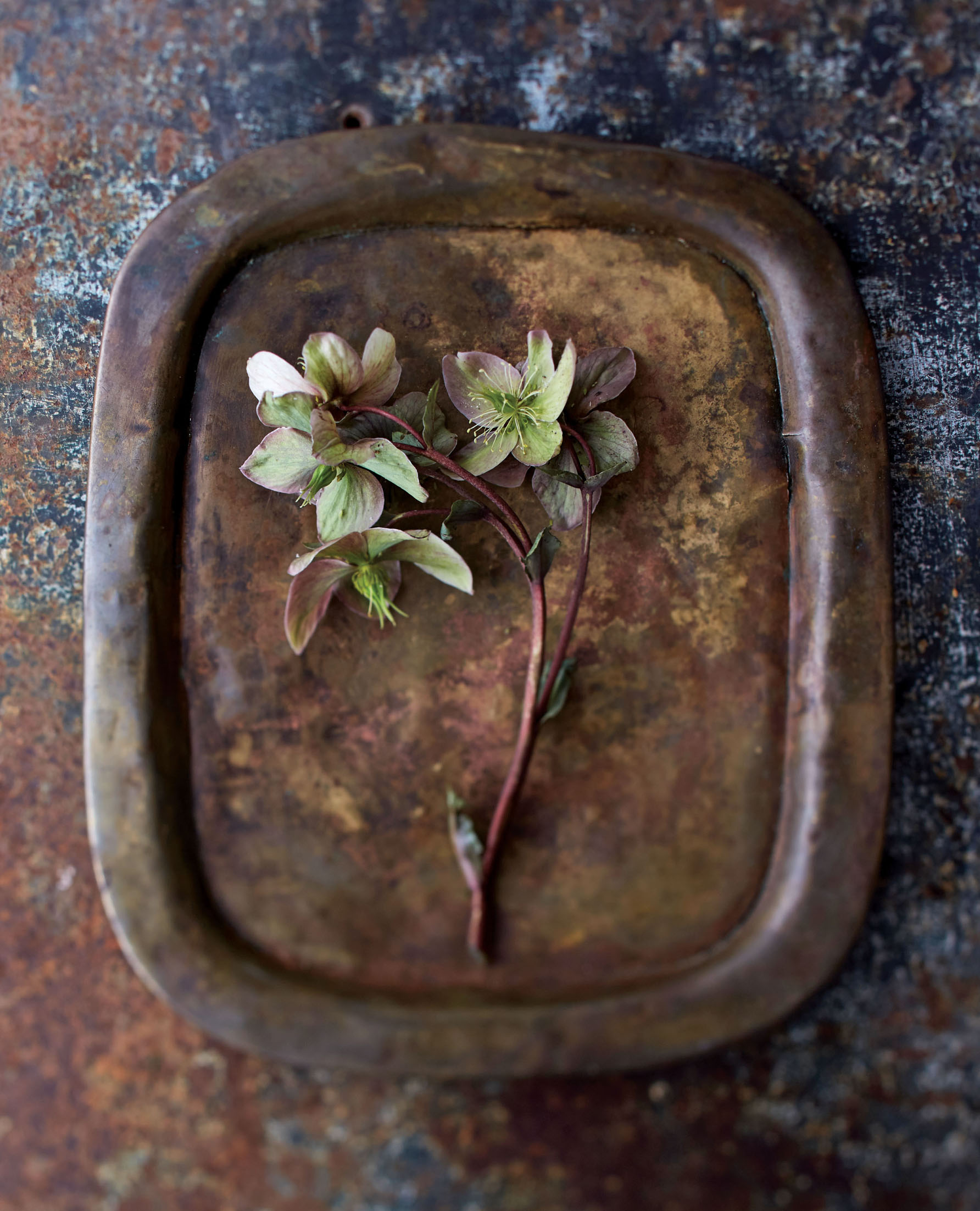Contents
Guide
Contents
Australia
HarperCollins Publishers Australia Pty. Ltd.
Level 13, 201 Elizabeth Street
Sydney, NSW 2000, Australia
www.harpercollins.com.au
Canada
HarperCollins Publishers Ltd
Bay Adelaide Centre, East Tower
22 Adelaide Street West, 41st Floor
Toronto, Ontario, Canada
M5H 4E3
www.harpercollins.ca
India
HarperCollins India
A 75, Sector 57
Noida
Uttar Pradesh 201 301
www.harpercollins.co.in
New Zealand
HarperCollins Publishers New Zealand
Unit D1, 63 Apollo Drive
Rosedale 0632
Auckland, New Zealand
www.harpercollins.co.nz
United Kingdom
HarperCollins Publishers Ltd.
1 London Bridge Street
London SE1 9GF, UK
www.harpercollins.co.uk
United States
HarperCollins Publishers Inc.
195 Broadway
New York, NY 10007
www.harpercollins.com
For my late father, who
would have preferred me
to follow my first ambition
to be the Arab Marie Curie
but was then perfectly
happy to see me switch to
art, and later to food!
I slam was born at the beginning of the seventh century in one of the worlds harshest climates, in Mecca in Saudi Arabia around the year 610 AD, when the Prophet Muhammad began receiving divine revelations from the angel Gabriel. However, it wasnt until the year 622 AD or 1 AH (after Hijrah, or exile) that the Islamic calendar marks the official start of the religion when, after a dispute with his tribe, the Prophet Muhammad fled Mecca to the city of Yathrib, now known as Medina.
Medina was and still is an oasis in the desert, but though there was water, there wouldnt have been much variety available to the early Muslims in terms of food, and their diet was mainly limited to dates from the palm trees growing in the oasis; meat and dairy from their flocks of sheep, camel, and goat; and bread from grain they either grew or imported in their trade caravans from the fertile countries of the Levant and beyond. The Prophets favorite meal is said to have been tharid, a composite dish made of layers of dry bread topped with a stew of meat and vegetables, which still exists in one form or another, under different names, throughout the Middle East and North Africa, and even as far as Indonesia, where some curries are served over roti.
The Arabs have always been great traders, from even before the advent of Islam. They controlled lucrative trade routes along the Silk Road, and in the early days of Islam, they spread their religion not only through war conquests but also by peacefully converting the people they traded with. The goods they traded included spices as well as dry ingredients such as rice and legumes, although it is unlikely that they traded any fresh produce given how long the camel caravans took to cross the desert from lands where fruits and vegetables grew in abundance.
Even today the Muslim world whose recipes I have included follows the same arc more or less as that of the conquests during the expansion of Islam: Morocco, Algeria, Tunisia, and Egypt in North Africa, finishing in Afghanistan, Bangladesh, Pakistan, and India in South Asia, and Xinjiang province and Uzbekistan in Central Asia. In between are Lebanon, Syria, Palestine, Jordan, Turkey, and Iran in the Levant; the United Arab Emirates, Oman, Saudi Arabia, and Qatar in the Arabian Gulf. On the fringes are countries where the influences are more diffuse, such as Zanzibar, Somalia, Senegal, Nigeria, Malaysia, and Indonesia, the worlds most populous Muslim country.
After the Prophet Muhammad died in 632, the Rashidun (wise guides) established a caliphate, with Medina as its capital, to continue spreading the Prophets word. They took Islam to the Levant and North Africa to the west and Persia, Afghanistan, and Iraq to the east, but it wasnt until the Ummayads founded their own dynasty (661750 AD), moving the capital to Damascus in Syria, that Muslims began to live in splendor. They expanded their culinary repertoire because of easy access to more varied producepart of Syria is desert but much of the country is fertile with the fruit growing around Damascus famous throughout the Middle East and beyond; as are the pistachio and olive groves around Aleppo. The Muslims also acquired new culinary knowledge from the locals they ruled over, which they absorbed into their own cuisine.
The Ummayads established one of the largest empires the world had yet seen, continuing Islamic conquests further west onto the Iberian peninsula, and east into Central Asia to create the fifth-largest contiguous empire ever. However, it wasnt until the Abbasid Caliphate (7501258 and 12611517), when the capital moved to Baghdad, that Muslims started to develop a rich culinary tradition.
The Abbasid caliphs favored Persian chefsthe Persians already had splendid courts and a rich culinary traditionwho brought a whole new culinary knowledge with them, which they then adapted to the taste of their new masters.
Food became an important element of Abbasid culture and, in the tenth century, a scribe named Abu Muhammad ibn Sayyar wrote the first Arab cookbook, Kitab al-Tabikh (The Book of Cooking) for an unnamed patron who may have been Saif al-Dawlah al-Hamdani, a cultivated prince of Aleppo. The book contained a collection of recipes from the court of ninth-century Baghdad. The scribe himself descended from the old Muslim aristocracy and, as such, he was in a good position to faithfully transcribe the courts recipes, which he gleaned from the personal collection of individual caliphs, such as al-Mahdi, who died in 785 AD, and al-Mutawakkil, who died in 861 AD, among others.
Many of the dishes that are today typically associated with Arab, Persian, or North African cooking, such as hummus, tabbouleh, kibbeh, baklava, pilaf, or couscous, do not appear in this book. Still, there are dishes from that time such as hariisah (meat and grain porridge) or qataaif (pancakes folded over a filling of nuts, fried, and dipped in syrup) that are prepared today even if slightly differently and with different names. The medieval lavish use of herbs continues to this day.
The Abbasids allowed several autonomous caliphates like the Fatimids in the Maghreb and Egypt and the Seljuks in Turkey to prosper, and each developed its own distinct cuisine based on local know-how and ingredients, but all remained rooted in the tradition of Persian cooking. It was also during the reign of the Abbasids that Sufism rose as a mystical trend with a particular emphasis on the kitchen as a place of spiritual development.
The next great Muslim empire was that of the Ottomans (12991922/1923) who established Istanbul as the capital; and with them, a new culinary influence was born. Ottoman cooks introduced many innovations and were among the first to quickly adopt New World ingredients.
They took inspiration from the different regional cuisines of the empire, which they refined in the Topkapi Palace kitchens in Istanbul where hundreds of chefs cooked for up to four thousand people. Each group of chefs concentrated on one specialty with some groups, like the sweets-makers, having their own separate kitchens. All the chefs were hired on the basis of one test, which was how well they cooked rice, a simple task but a good indicator of skill. Eventually, the Ottoman palace cuisine filtered to the population during Ramadan events when food from the palace was distributed to the poor, and through the cooking in the yalis of the pashas, which was directly influenced by palace cooking.
Next page
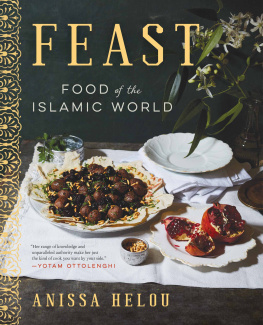
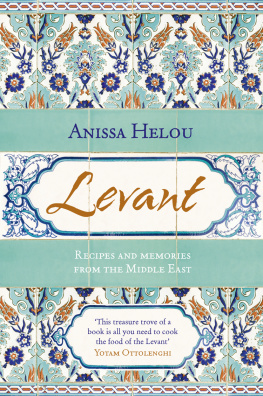

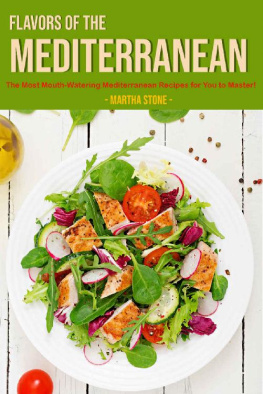
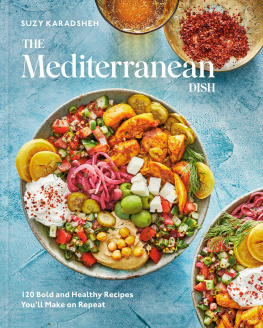
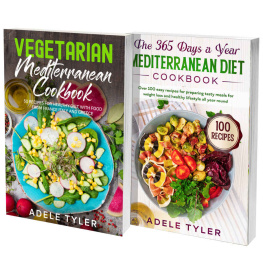
![Claudia Roden - Claudia Rodens Mediterranean: Treasured Recipes from a Lifetime of Travel [A Cookbook]](/uploads/posts/book/289768/thumbs/claudia-roden-claudia-roden-s-mediterranean.jpg)


